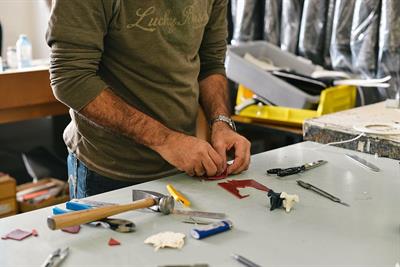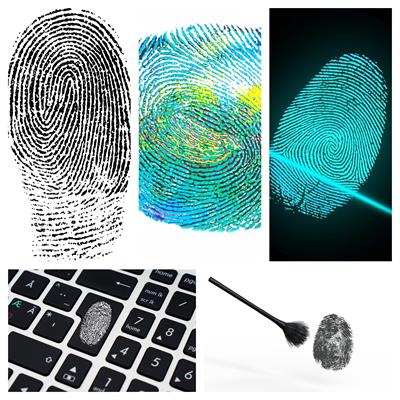
PUMPA - SMART LEARNING
எங்கள் ஆசிரியர்களுடன் 1-ஆன்-1 ஆலோசனை நேரத்தைப் பெறுங்கள். டாப்பர் ஆவதற்கு நாங்கள் பயிற்சி அளிப்போம்
Book Free DemoForensic chemistry:
Forensic chemistry includes scientific principles, techniques, and methods for investigating crimes.
Forensic Chemists in Criminal Investigation:
In general, forensic chemists work in four stages of a criminal investigation.
i. Collection of sources:
They systematically collect physical resources such as knives, tools, and materials and use chemistry to uncover their information.

Crime physical sources
ii. Analysis of evidence:
In criminal cases, chemists analyse substances such as blood and DNA to determine when and who do the crime.

Crime scene analysis blood
iii. Cooperation:
They consult with fellow investigators such as police officers, detectives, and other forensic scientists to solve a crime.

Various steps of crime investigations
iv. Report of findings:
Finally, they prepare the detailed conclusion of the analysis.

File report
Forensic chemistry method:
The world of forensic chemistry, which focuses on the theory and processes of chemistry in forensic analysis, demonstrates the role of chemistry in criminal investigations.
Fingerprint:

Fingerprints
- A fingerprint is one of the essential pieces of evidence in crime investigation.
- Fingerprints on smooth surfaces can often be visible by applying light or dark powder, but fingerprints on a cheque or other documents often occur(hidden).
- Occult fingerprints are sometimes made visible using ninhydrin, which turns purple due to the reaction with amino acids present in sweat.
- Fingerprints or other marks are also sometimes made visible by exposure to high-powered laser light.
- Cyanoacrylate ester fumes from glue are used with fluorescent dyes to make the fingerprints visible.